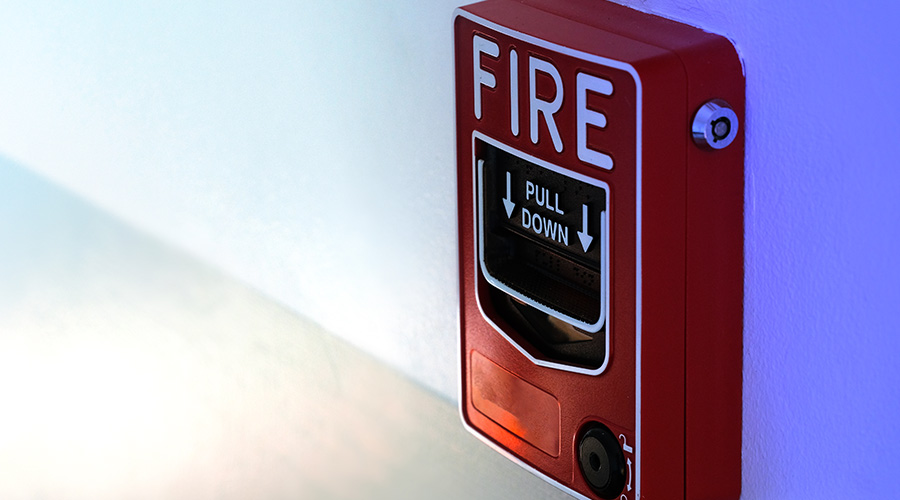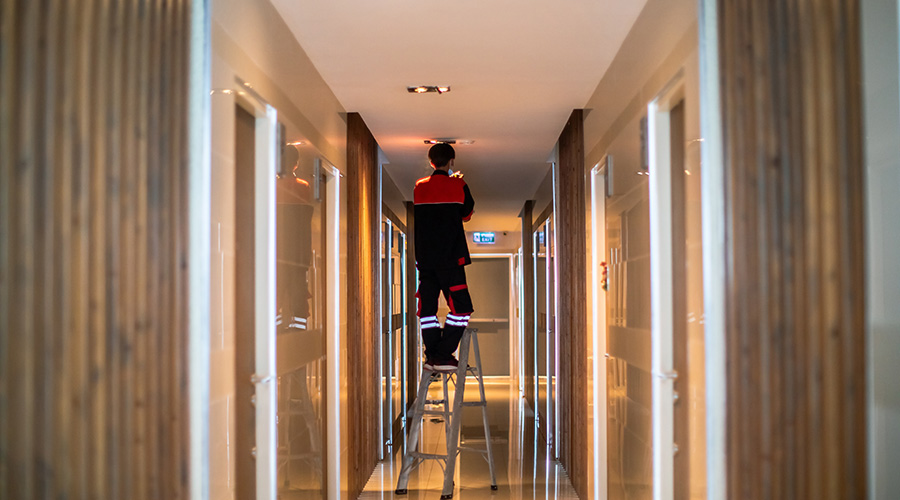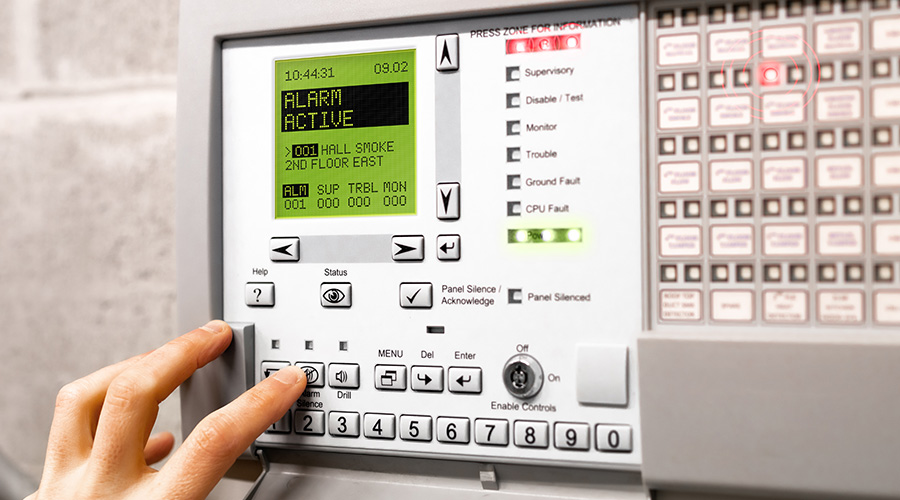Think Big Picture To Reduce Fire/Life Safety Costs
Whether your project is new construction or a retrofit, a consolidated approach to life safety and asset protection will provide the most cost-effective method to lower capital and life-of-the building costs.
In fire protection, facility managers can often overlook the big picture. Decisions may be made on a system-by-system basis. But this is a poor strategy because decisions in one area may increase both capital and maintenance costs in other areas. With multiple considerations — such as fire suppression, fire alarm, passive fire protection, building classification, and construction type — it’s important to maintain a holistic approach when it comes to fire protection.
Constructing a building in accordance with the requirements of the most restrictive occupancy offers significant savings in reduced passive fire protection. For example, when designing a building with both business and assembly occupancies, don’t automatically throw a fire barrier around the assembly areas. That’s because classifying the building as a mixed-use, non-separated, assembly/business occupancy can eliminate the fire barrier requirement.
Another exception to keep in mind is the 10 percent rule for accessory use. If the limiting occupancy is less than 10 percent of the overall building area, it can be considered an accessory to the main occupancy, thus removing the requirements for fire resistive construction between the occupancies. These options don’t eliminate the need to apply the more stringent egress requirements, but they do help reduce fire barriers separating occupancies.
Sprinklers provide distinct advantages in fire protection as well. Adding fire sprinklers can eliminate fire-rated corridors and remove fire ratings from higher hazard rooms, such as furnace, boiler, and laundry rooms. Even though these walls no longer require fire-resistive construction, they do need to be constructed as smoke partitions and must resist the passage of smoke.
Reducing fire barriers is an effective way to decrease project costs. Cost savings are possible by eliminating a number of items, such as fire-rated construction; fire dampers from ducted systems; rated assemblies where conduit and piping penetrate the walls; and protection such as fire-rated doors and shutters for wall openings. Projects can also be completed more efficiently by implementing fewer fire barriers, as project capital can saved with up-front legwork to reduce fire barriers through strategic classification of the building.
Reducing Project Cost
Combining systems offers another way to trim project costs. If the building will have a public address system, consider merging it with the building fire alarm or mass notification system. Emergency communication systems can be zoned and programmed to take a phone system input — just like a public address system. In addition to the benefit of reduced costs for integrated systems, human behavior studies have demonstrated a building’s occupants respond more quickly and effectively when given voice directions during an emergency. It is also important to make sure the performance criteria, such as intelligibility and sound power (dBA), meet the building’s unique requirements.
Related Topics:













